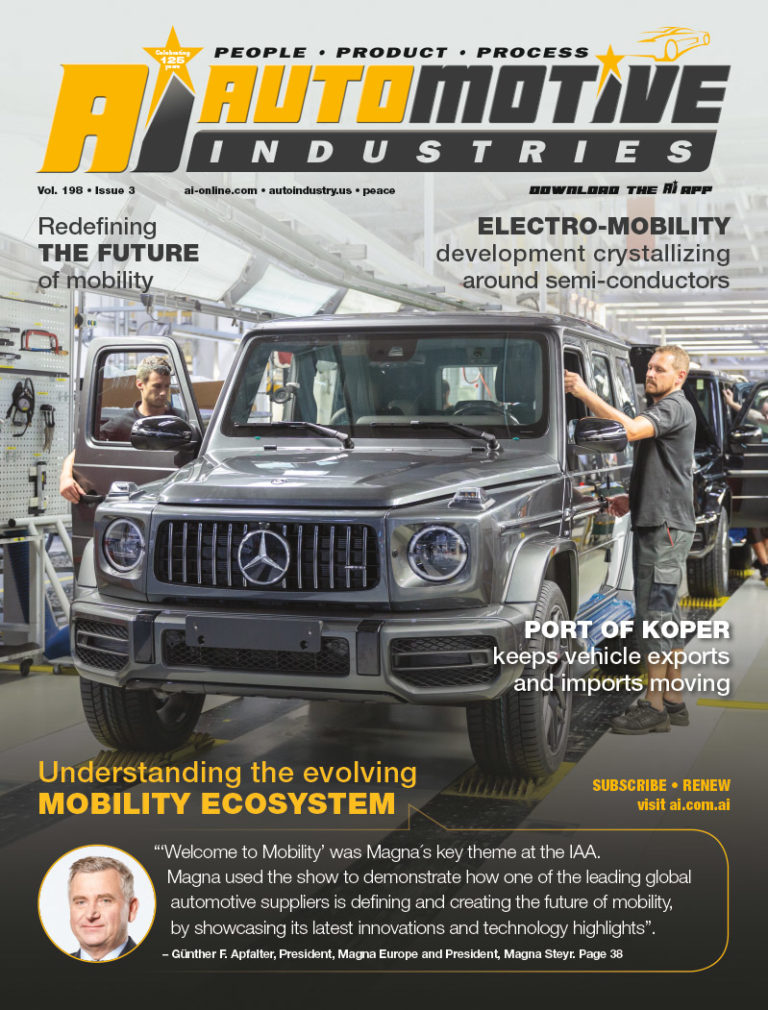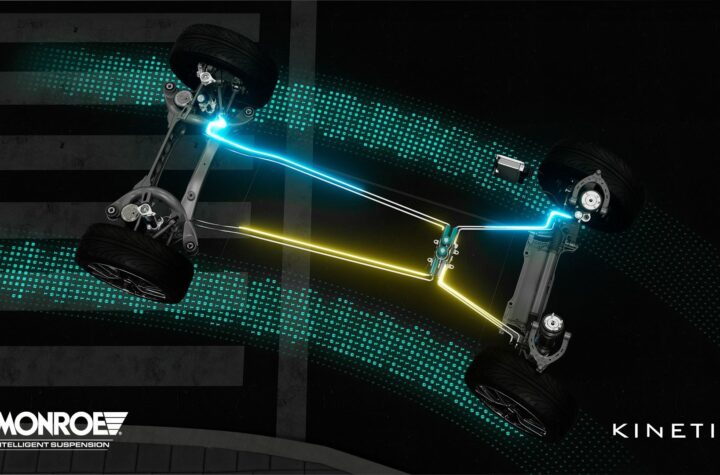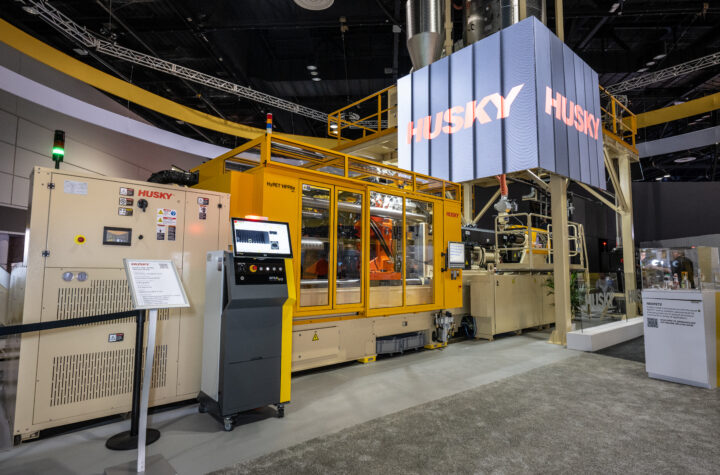This year’s World Automotive Congress, held by the International Federation of Automotive Engineering Societies or FISITA, will be held in Budapest, Hungary from 30th May to the 4th of June. The 33rd World Automotive Congress will be hosted by GTE, the Society of Mechanical Engineers with the theme of the meet being Automobiles and Sustainability. FISITA says this year’s World Automotive Congress will aim to provide engineers with the technical knowledge and insights they need to develop cleaner, safer and more attractive vehicles, capable of satisfying the needs of customers and society. The topics will include environmentally friendly vehicles, safety on roads, intelligent systems in road traffic and efficient production of vehicles and components. FISITA, the world body linking together the engineering societies of 38 countries, says that the financial crisis and its effect on global vehicle markets means that the need to find engineering solutions is greater than ever.
“Look beyond the current economic troubles facing the industry and you see that demand for personal mobility is still increasing, while the pressure from society to reduce the environmental impact of vehicles is intensifying every day. These trends will continue and for companies that want to survive and flourish in tomorrow’s auto industry, the key to success will be major advances in engineering technology. The FISITA Congress is the best way for engineers and executives to come together to share technical knowledge and meet the challenges facing the industry today. FISITA’s key strength has always been that it is truly global. Authors from more than 40 countries cover the most interesting new ideas emerging from every region of the world. The level of participants also tends to be very high, with delegates typically being the senior technical decision-makers responsible for planning and executing R&D strategies, and deciding the content of future vehicles,” said Ian Dickie, chief executive of FISITA.
The FISITA World Automotive Congress is a biennial event and is recognized as the leading international forum for the exchange of knowledge in all areas of automotive technology, attracting thousands of engineers, scientists and executives. FISITA was founded in Paris in 1948 to provide a platform to bring automotive engineers around the world together to share ideas and technological developments. The organization is present in 38 countries across the globe and represents 160,000 automotive engineers.
Since its inception, FISITA has worked at providing information and expertise on the issues most critical to automobile engineers. So for example last year, FISITA hosted its first ever Educators Seminar in June, during the 12th European Automotive Engineering Congress (EAEC) in Bratislava, Slovakia. The theme for the seminar was developing the links between industry and higher education institutions in automotive engineering. It provided an ideal platform to discuss how European auto makers could compete with low-cost manufacturers in countries like China and India. According to Ján Figel, European Commissioner for Education, Training, Culture and Youth who spoke at the seminar, value-addition is the only answer.
“Europe cannot compete on cost, so we need to focus on creating more added value, more innovation. There is a new sense of urgency that the worlds of education and industry should come closer together. While the Commission has no wish to intrude into academic freedom, current levels of graduate unemployment in Europe represent a clear waste of talent, so we need to find ways to improve the quality of education and to have better alignment with the future needs of employers. Tomorrow’s world will be even more global, complex and competitive. FISITA is a good example of an association which is working at the forefront of this issue and trying to make cooperation happen,” said Figel.
Today, the critical issue facing the automotive industry is how it can provide sustainable solutions for future green, automotive technologies. FISITA is confident that its 33rd World Automotive Congress could provide some answers to the nagging question.
Automotive Industries spoke to Ian Dickie, chief executive of the International Federation of Automotive Engineering, FISITA.
AI: What will be the highlight of this year’s World Automotive Congress in Budapest?
Hopefully there will be many highlights! Personally, I’m looking forward to the plenary session we’re holding on vehicle communications called “The Connected Car – When Will it be Here?” We have top level panelists from BMW Group, IBM, ATX and the US Department of Transport talking about how automakers and road authorities can cooperate to deploy advanced vehicle-to-vehicle and vehicle-to-infrastructure communications which have the potential to save energy and CO2 as well as preventing accidents. It’s really exciting stuff. I’m also looking forward to the Gala Dinner, which is always a memorable evening at the FISITA Congress. It’s a great chance to catch up with friends from all over the world. This year we’re hosting it in the Museum of Fine Arts which is a truly beautiful place.
AI: What kind of participation are you expecting at the 33rd World Automotive Congress?
We’re expecting a strong attendance in Budapest. Even with the downturn, we still had more than one thousand offers of technical papers for FISITA 2010. The most important thing about FISITA is that it’s truly international. We typically get participants from more than 40 countries and they come from every section of the industry as well as from academia and government.
AI: What kind of technologies and breakthroughs are expected to be showcased at the Congress?
Unsurprisingly, we will have a number of sessions on electrification, including an excellent panel discussion which will be led by Dan Hancock, Vice President for Powertrain Engineering for General Motors. There is a lot of interest in electric drive and battery tech right now and of course our congress reflects that attention. At the same time though we will continue to pay a lot of attention to the further optimization of conventional internal combustion technologies because improvements in this area offer the greatest potential savings in energy and carbon in the near-term.
AI: In your opinion, how critical is the issue of sustainable transportation solutions in today’s world? And what role does FISITA play in promoting developments in this field?
It’s absolutely critical. Our economies, our prosperity and freedom all depend upon mobility. Yet world-wide, demand for energy and transportation is rising while the supply of economically extractable liquid hydrocarbons is finite. To this crisis of energy supply we can add the widespread concern that CO2 emissions are contributing to man-made climate change. So it’s not too dramatic to say that today, finding sustainable transportation solutions and, especially finding clean, safe and affordable energy sources to power them, is one of the greatest challenges facing humanity.
FISITA believes that automotive engineers will be a key part of the solution we are all looking for. But we cannot solve it by ourselves. The vehicles our members design and manufacture are only one part in a system. The other parts include the fuels and energy supply, the roads we drive on and even the way governments encourage us to use our vehicles. That’s why we are working to bring automotive leaders and experts from the energy and infrastructure communities together, as well as with public policy-makers to promote an integrated approach to transportation and energy policy.
AI: What are some of FISITA’s initiatives in promoting eco-friendly automobiles?
A good example is our World Automotive Summit. Last year we invited some of the world’s leading experts on energy, climate and Intelligent Transportation Systems (ITS) to meet with top R&D bosses of our member companies. The result was a statement advising policy-makers on what automotive engineers need in order to tackle CO2 from our products. FISITA also became an accredited NGO at the COP-15 talks in Copenhagen and we will continue to bring a neutral engineering voice to the debate around sustainable transportation at the international level.
AI: Are these issues treated with importance in emerging markets like China and India? What is FISITA’s role in these countries?
We all know that the massive increase in vehicle ownership in these markets could have major implications for the environment at a global level. So the challenge facing engineers and governments in these countries is two-fold. Firstly, they must plan their growing transportation and urban infrastructure in an intelligent way which combines the efficient use of personal vehicles along with mass transit. Secondly (and this is where FISITA can help) we must all come together to exchange the latest technical knowledge to ensure that the millions of new vehicles which will come onto the roads in China, India and other growing markets will contain the latest environmental and safety technologies. This is a massive challenge given the fact that many of these new vehicles will be so-called “low cost” cars aimed at first-time vehicle buyers. But we have to encourage global cooperation towards this goal. The challenge is great, but so is the opportunity. These countries have the potential to “leapfrog” their infrastructure and technology deployment, avoiding many of the structural problems and mistakes we have had to contend with in the west. For example, the Chinese government has an amazingly ambitious national plan for plug-in EV charging infrastructure. Such a plan would hardly be possible in a more mature vehicle market like the UK or US.
AI: Please tell us about what kind of work FISITA is doing in promoting relationships between educational institutions and automotive manufacturers. How important do you think such relationships are?
Partnerships between universities and auto companies are extremely beneficial for both parties and FISITA tries to help build them whenever possible. One example is the Islands of Excellence which was a feature of our 2008 Congress in Munich. We held a competition to find the five top university research projects in automotive engineering and we invited the winning universities to display their hardware and vehicles right at the centre of the Congress. This led to a lot of interest from the industry delegates and many new connections. Another is our FISITA Educators Seminar which brings industry and academia together both to bridge the skills gaps for engineering graduates going into automotive companies and to help professors to fine-tune their content of their undergraduate and postgraduate degree programs to serve the future needs of the industry. We will be holding our second Educators Seminar in Budapest on 1 June this year.
AI: What are some of the new challenges facing automotive engineers today? And how does FISITA hope to help engineers meet these challenges?
I think we have to do three things at the same time. Firstly we must reduce (and ultimately eliminate) harmful emissions from vehicles, not least CO2. Secondly, we must better protect the safety of occupants and other road users. 1.2m people lose their lives in road traffic accidents every year and this is totally unacceptable. We can and we must do more to prevent road accidents. Finally, I believe we must achieve these two things while preserving the freedom and sheer pleasure which human beings have rightly come to expect from owning and driving cars.
We face a talent crisis in the automotive industry. For too many young people, the automotive industry is not seen as an attractive career choice. Yet when we consider the importance of personal mobility to our way of life, I find it hard to imagine any more important or exciting field in which to work in the 21st century. FISITA can and should do more to communicate this fact to the next generation of engineers and scientists.














































 WILL TRADITIONAL GASOLINE/DIESEL COMBUSTION FOR LIGHT VEHICLES BE OBSOLETED BY CRITICAL FUEL SYSTEM
WILL TRADITIONAL GASOLINE/DIESEL COMBUSTION FOR LIGHT VEHICLES BE OBSOLETED BY CRITICAL FUEL SYSTEM



